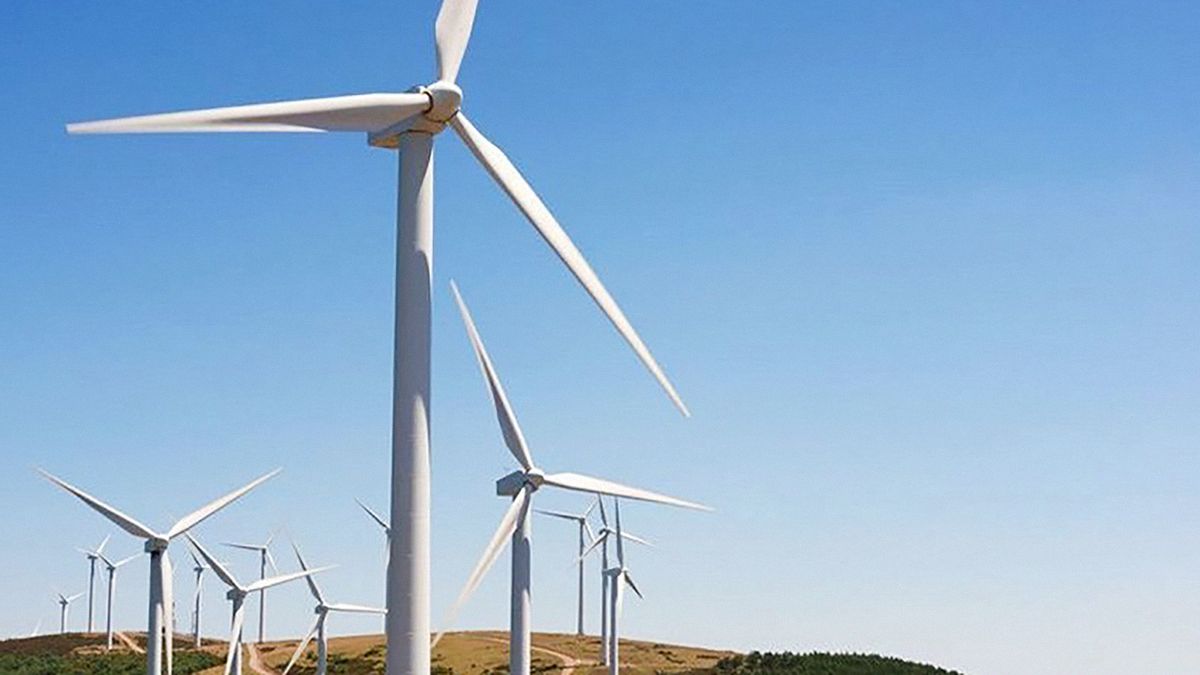The National Aeronautics and Space Administration (POTfor its acronym in English) highlighted a project in Tacuarembó in which wind energy is generated; and he also highlighted the rapid and sustained development of Uruguay In relation to the inclusion of this type of energy in the Energy Matrix local.
The platform of the Scientific Missions Directorate of the POT, Science, produced an article highlighting the rapid development of Uruguay in wind energy.
Between 2013 and 2018, the country increased wind energy from 1% to 34% of its electrical matrix, according to the statement from the US space agency. “Uruguay “has grown wind power at an astonishing rate over those five years, faster than any other country,” said a senior research associate at the World Resources Institute, Joel Jaeger.
In that sense, Jaeger highlighted that many high-income countries topped the list of development of renewable energy. However, Uruguay’s rate was the fastest and the increase in wind power is due, in part, to the prolonged drought the country suffered in the early 2000s. “Uruguay has historically depended on the hydroelectric power, but when the reservoirs are low, the dams do not generate as much electricity,” Jaeger explained.
Meanwhile, they highlighted that Uruguay has produced surplus wind energy and has exported some of it to Argentina and Brazil. However, the drought suffered last year caused a drop in the energy production of the hydroelectric plants in Black river and Big Jump and led the country to import electricity from Argentina.
A Tacuarembó project highlighted by NASA
The space agency noted that the Peralta wind farmin the department of Tacuarembó, is an example of how wind energy has developed rapidly in Uruguay in recent years, since it began operating in 2015. In that sense, they recalled that the country increased the wind power from one percent to 34 percent of its electrical matrix.
He eolico Park – located near the shore of Lake Rincón del Bonete, which was created by damming the Negro River – creates enough energy to power up to 150,000 homes. Thus, one of the largest facilities of this type in the Uruguay.
Renewable energies are already the majority in Uruguay
88.5% of the total energy generated in the country last year came from renewable sources, according to a record prepared by the Electricity Market Administration (ADME).
The wind power was at the top in the generation ranking, with 39.6%, followed by the hydraulics, with 28.1%. Much further behind were the biomass, with 9.3%, the thermal, with 7.8% and solar, with 3.7%.
From the survey, it appears that the remaining 11.5% has to do with the imported energy from neighboring countries, being the majority supplier Brazil, with 11.3%, while Argentina contributed 0.2%.
The total generated was 10,700.4 gigawatts per hour (GWh), while a total of 1,389.4 GWh was imported from Argentina and Brazil. Meanwhile, it exported 230.9 GWh in total, of which 213.6 were to Argentina, which is equivalent to 92.5%; and 17.3 to Brazil, which represents 7.5%.
Source: Ambito




